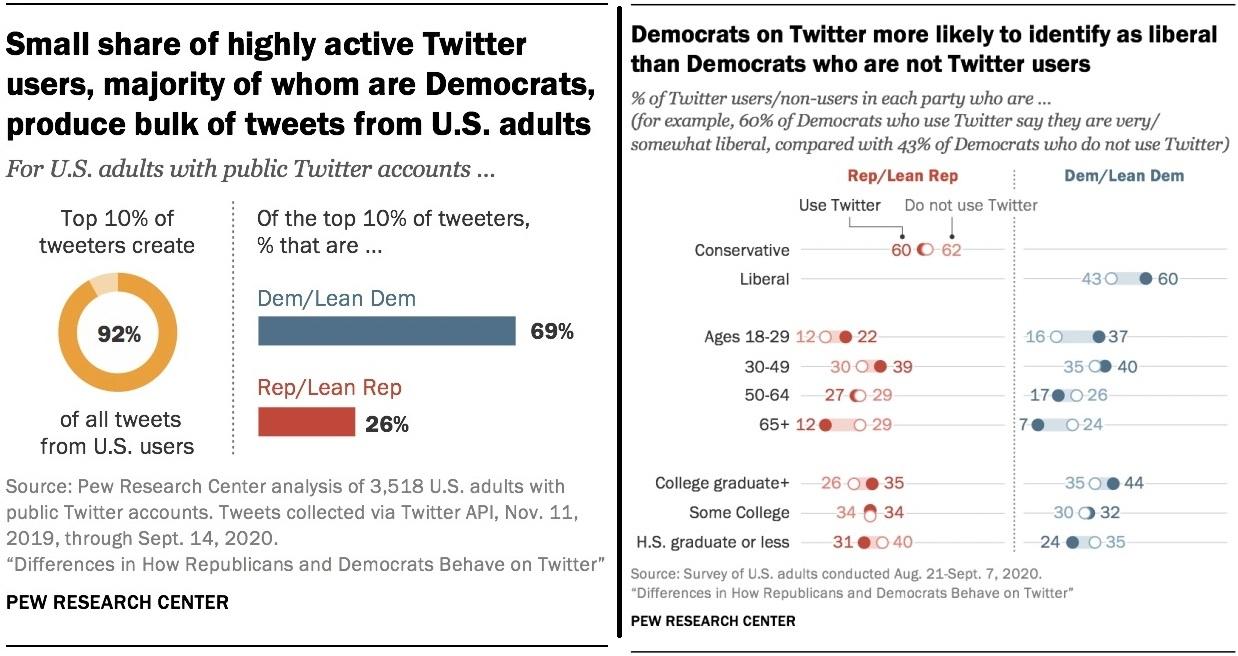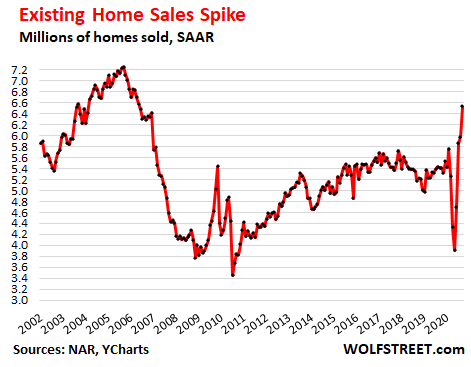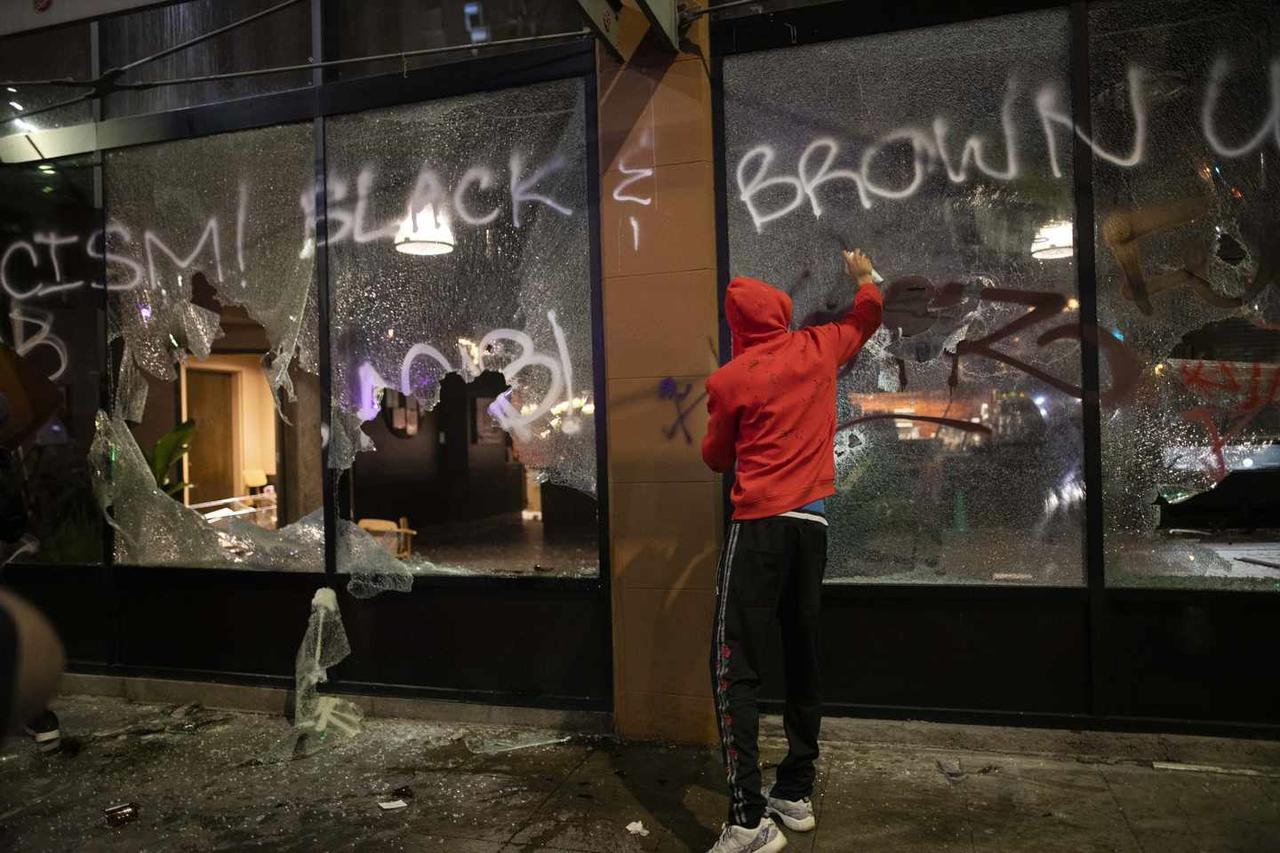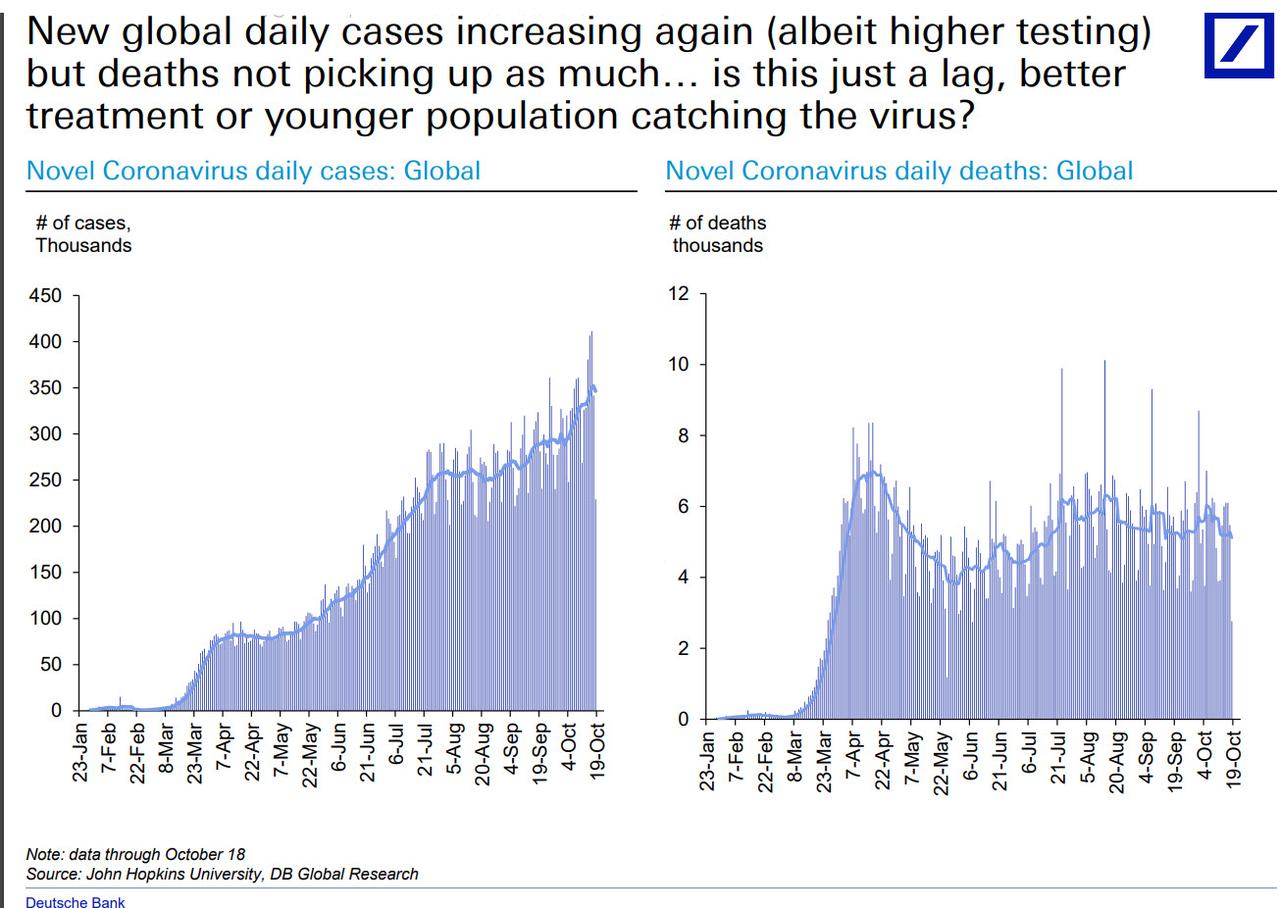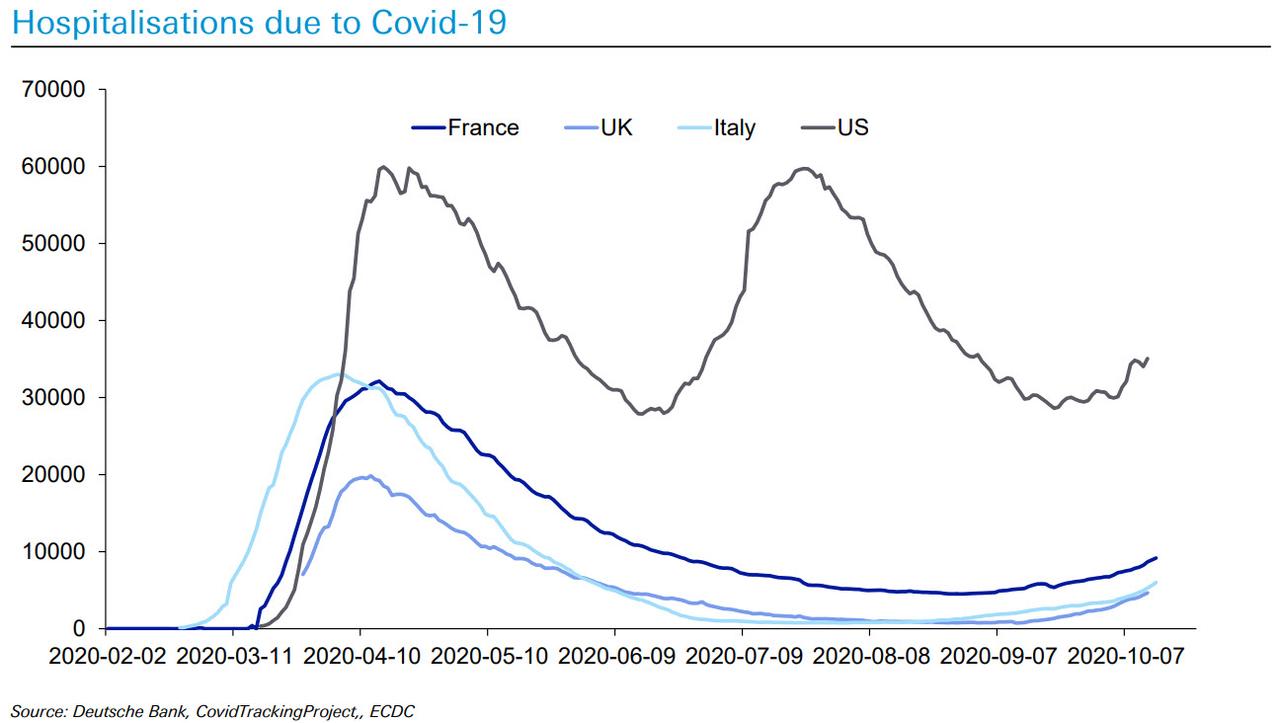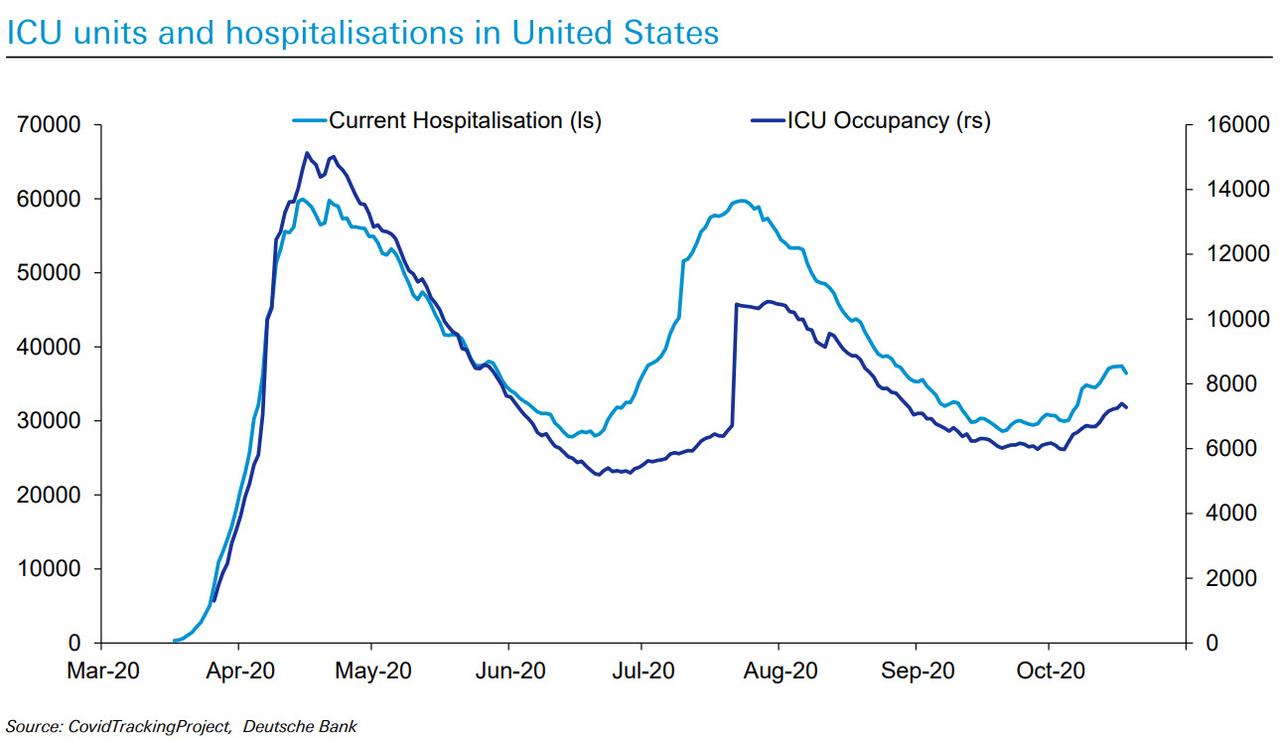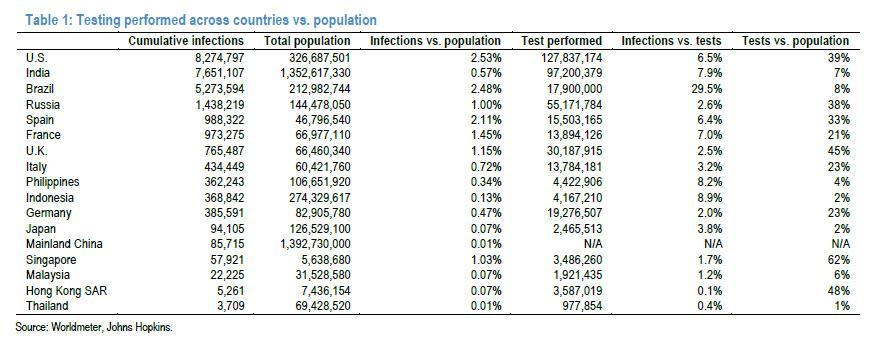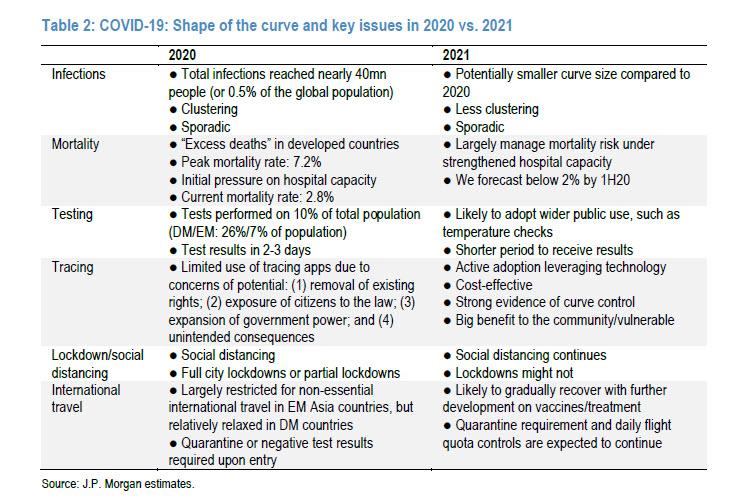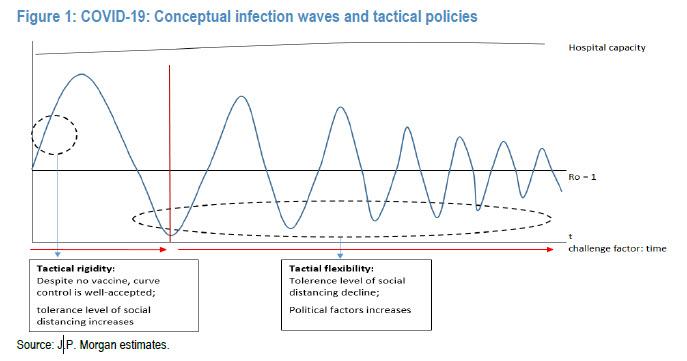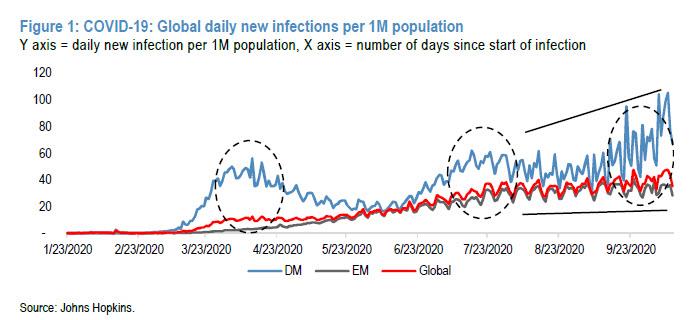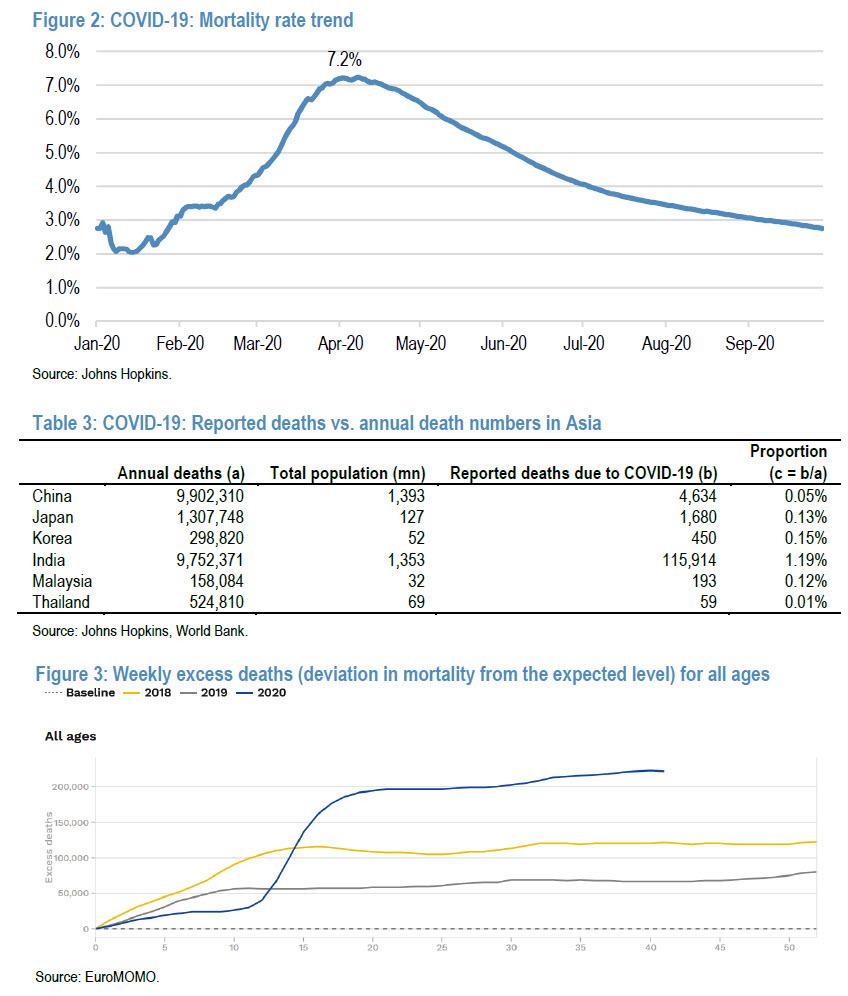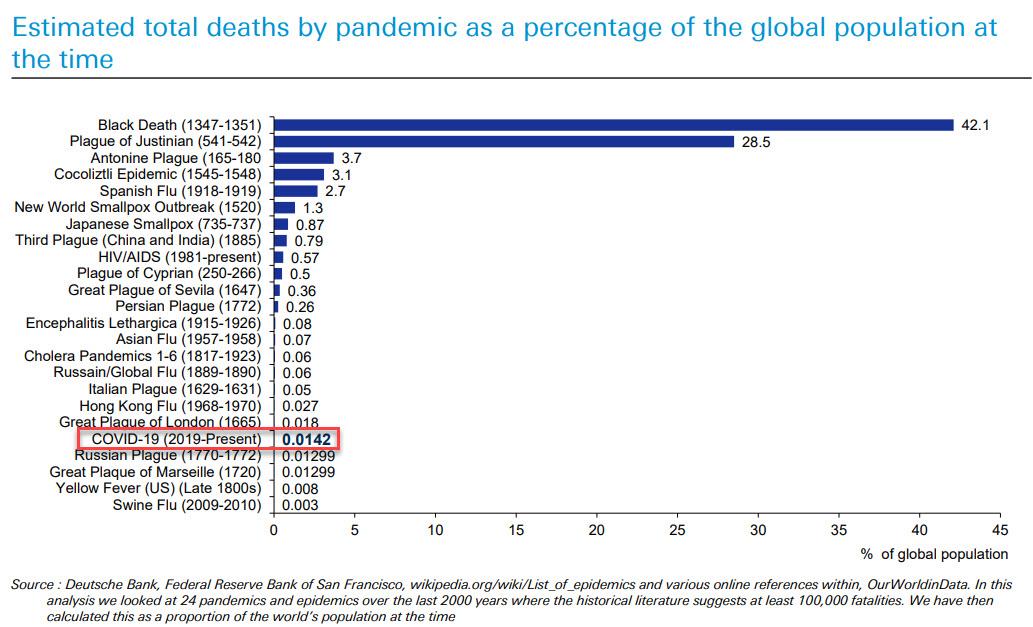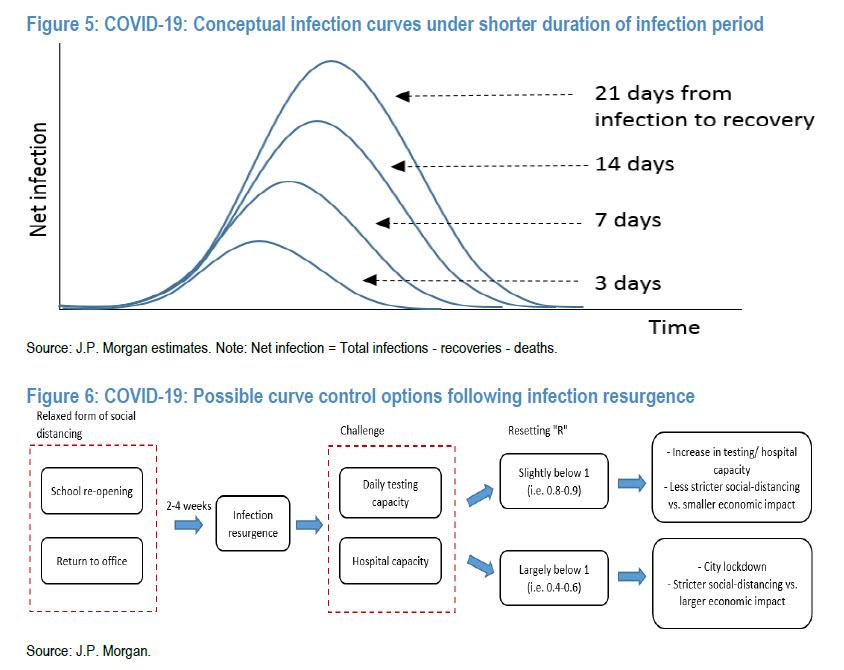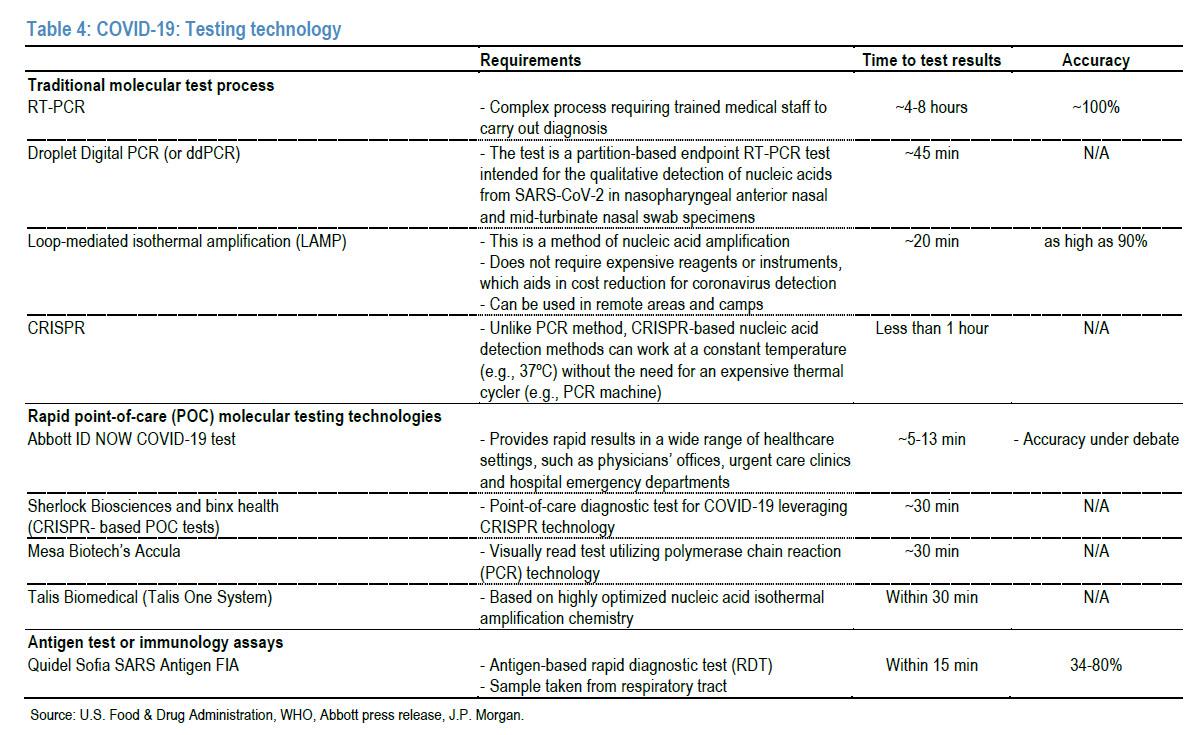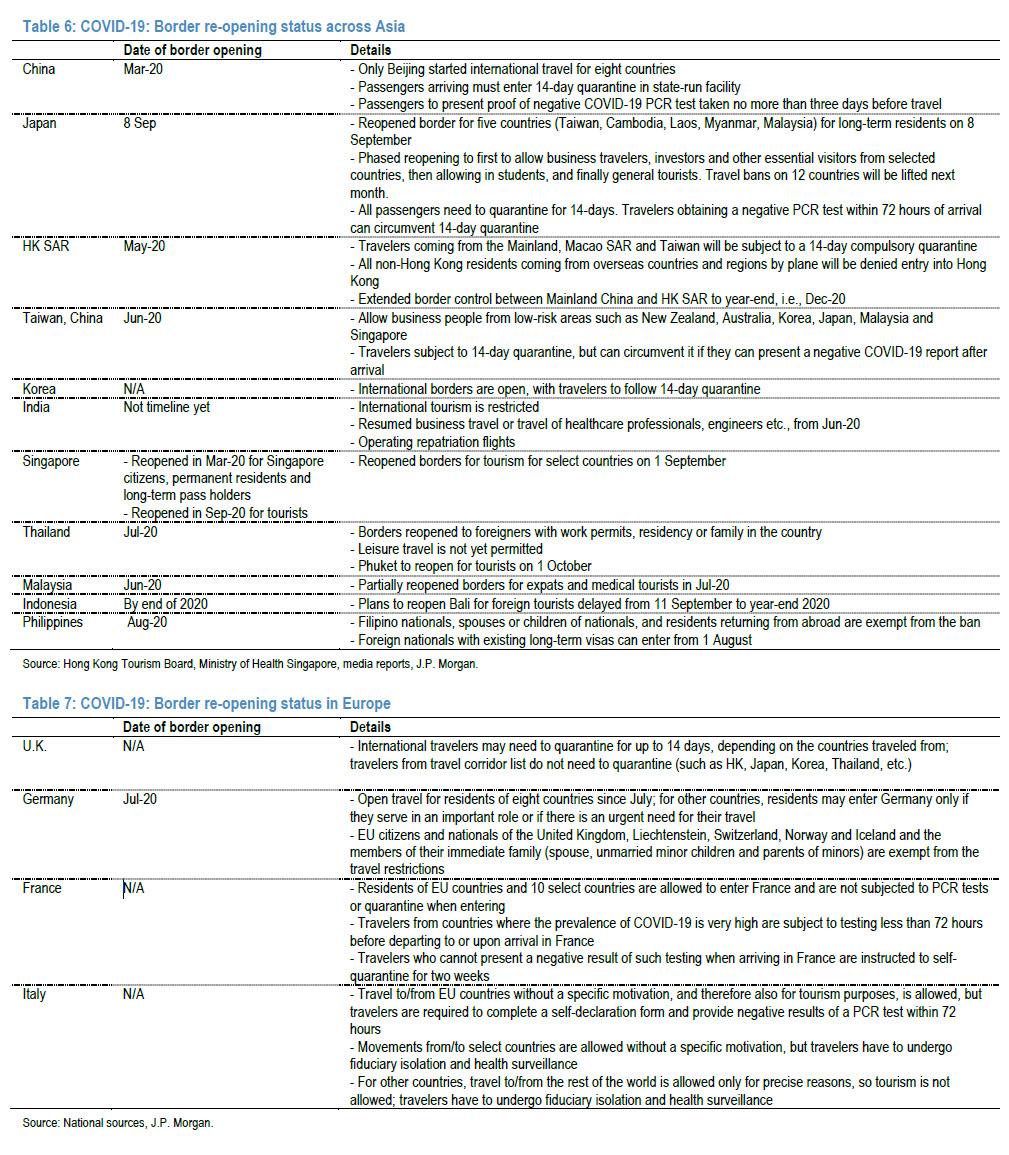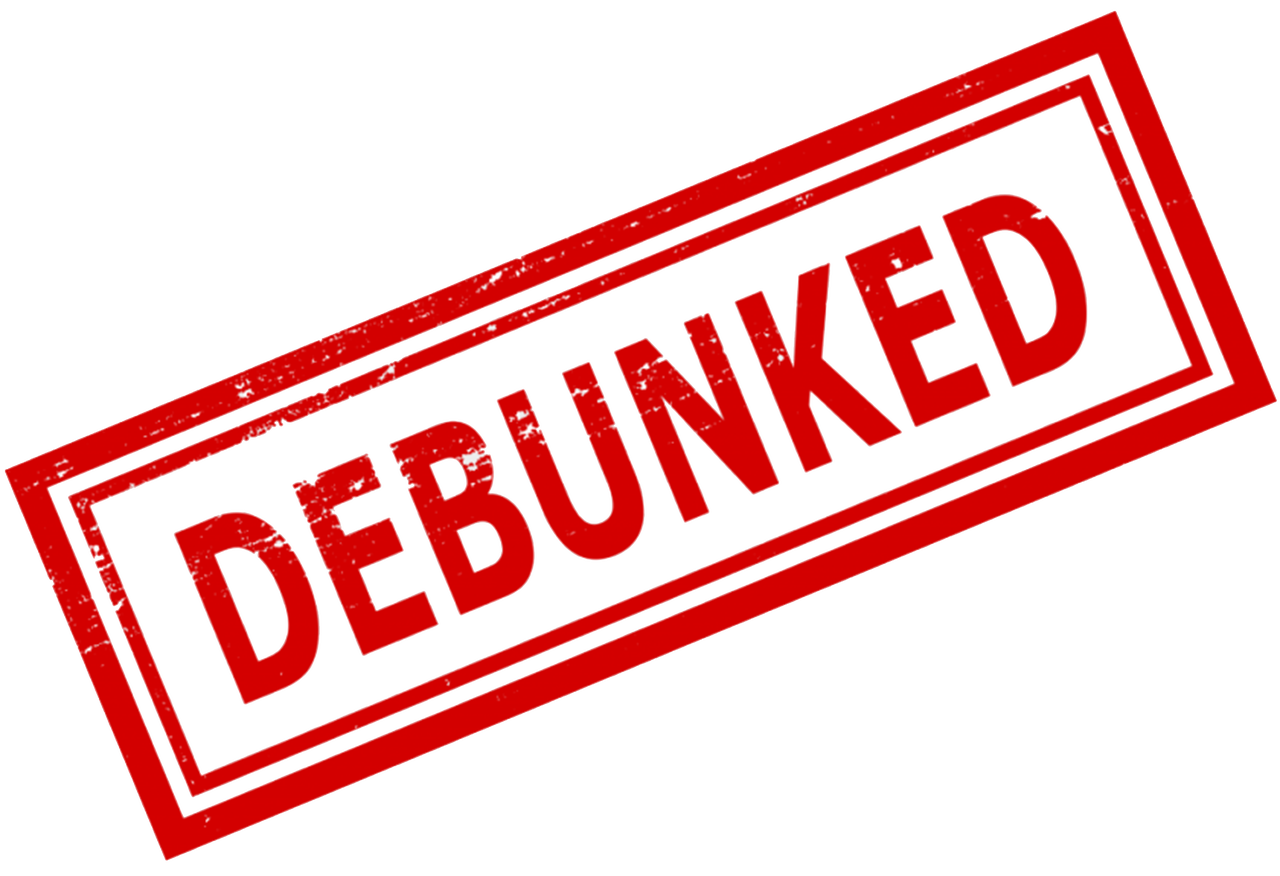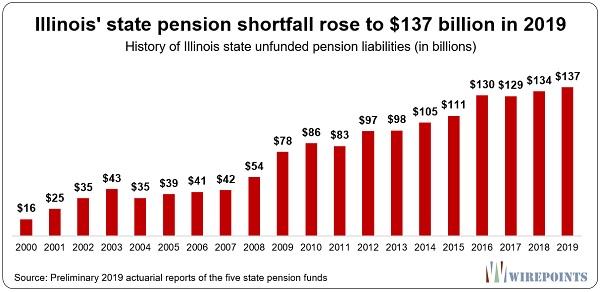From Bellino v. Judge, decided yesterday, in an opinion by Presiding Justice Kathleen O’Leary, joined by Justices Richard Fybel and Thomas Goethals:
Tamra Judge and Shannon Beador, cast members of the nationally televised reality show the “Real Housewives of Orange County” (RHOC), appeared on a gossip podcast. During the podcast, Judge and Beador made comments about James Bellino, the ex-husband of Judge’s former RHOC castmate. Bellino and his company, Jump Management Co., LLC (JMCO) (collectively referred to as Plaintiffs), sued the women for defamation and other related claims….
Bellino is a businessperson and entrepreneur. He is the managing member of JMCO. Bellino’s ex-wife Alexis Bellino was a cast member of RHOC from 2008 to 2013. Alexis and Bellino were married throughout the time Alexis was a cast member of RHOC. Bellino was never a cast member of RHOC, but was occasionally featured. On June 21, 2018, Bellino filed for divorce from Alexis….
On June 26, 2018, Judge and Beador appeared at the Irvine Improv comedy club to appear on the podcast the “Juicy Scoop” with Heather McDonald before a live audience. Part of the conversation involved the recent Bellino divorce. Judge said about the Bellinos, “I have a theory. Everything, everything’s in her name. He’s going to go to jail. Yeah, he’s a shady motherfucker.”
McDonald asked, “Do they still have the trampoline parks? Does anyone know?” The exchange continued as follows: “[Ms. Beador]: No. No. I heard that they don’t. [¶] [Ms. McDonald]: They sold it? [¶] [Ms. Beador]: I heard they don’t because they were sued. [¶] [Ms. McDonald]: So there wasn’t, like, a lawsuit of someone that, that—[¶] [Ms. Beador]: No, they were, they were sued. Kids … People [sic] get their … I won’t let my kids go because people get paralyzed, and they, and apparently that happens.” …
The anti-SLAPP statute provides heightened procedural protection for a defendant’s speech in only four categories, all of which must be “‘in connection with a public issue.'” …
Bellino’s arguments allege the comments were not a matter of public interest and Bellino was not in the public eye for purposes of those comments. Judge alleged, “Bellino, a well-known celebrity whose fame arose from his and his former wife’s five years as participants on the widely watched reality television series …. Regularly appearing on the show catapulted [Bellino’s] divorce from cast member Alexis …, his real estate dealings, and his legal troubles into the sphere of public interest.” We agree with Judge, and the trial court, the public interest prong was satisfied….
Bellino voluntarily appeared on a reality show based upon the participant’s marriages, divorces, and their lifestyles. The trial court correctly analyzed whether Judge’s comments were connected to Bellino’s public persona as a matter of public interest. It provided the following reasoning:
The record shows that Bellino too has sought public attention—he has his own public [Web site] where he posts about some aspects of his life and he chose to appear, at least on some occasions, on the show. He has not sought such pervasive attention to all aspects of his life such that everything about him can reasonably be deemed in the public interest, however. [¶] Accordingly, the question is whether [Judge’s] comments, or any of them, were connected to that part of Bellino … in the public interest. [¶] … [¶] Given Bellino’s ex-wife’s role on the show as a ‘housewife’ of O.C., along with his appearance on the show as her husband, their divorce, including the nature of the divorce, would be a matter of public interest to those who watched the show. Bellino’s character, and whether he is a convicted criminal, would be too.
… [W]hile a typical divorce proceeding, even of the rich and famous, may generally be a private matter, the Bellinos’ lifestyle and divorce were fodder for public interest due to their participation on RHOC and the sprawling nature of the show into its participants’ lives and marriages….
The court concluded, though, that Bellino defeated the anti-SLAPP motion by showing that his claim had at least “minimal merit.” Here’s an excerpt to give the flavor of the analysis:
First, the words are reasonably understood in a defamatory sense. Judge stated: “Why is, why is [Bellino] wanting spousal support? [¶] … [¶] I have a theory. Everything, everything’s in her name. He’s going to go to jail. Yeah, he’s a shady motherfucker.” Judge’s use of “I have a theory” does not automatically prevent the words from being understood as defamatory. (See Milkovich v. Lorain Journal Co. (1990) [couching statements in terms of opinion does not dispel defamatory implications].)
Judge also claims the words in question are not fact based, but rather reflect Judge’s “drunken … opinion of the values Bellino has and the choices he has made.” She further contends, without legal or factual support, “Given that Bellino might yet land in jail, Judge’s statement cannot—at this time—be proven true or false.” In assessing the statement, “‘”a court is to place itself in the situation of the hearer or reader, and determine the sense or meaning of the language of the complaint for libelous publication according to its natural and popular construction.” That is to say, the publication is to be measured not so much by its effect when subjected to the critical analysis of a mind trained in the law, but by the natural and probable effect upon the mind of the average reader. A defendant is liable for what is insinuated, as well as for what is stated explicitly. [Citation.]’ [Citation].”
The defamatory implication is the Bellinos’ divorce was somehow done fraudulently to shield assets in anticipation of a criminal prosecution. Specifically, the phrase “[h]e’s going to go to jail,” does not seem conditional or uncertain. It implies Bellino has already committed a crime. A reasonable fact finder could determine Judge was implying the provably false assertion of fact Bellino committed a crime and, as a result, was going to go to jail. Examining the remaining phrases reinforces rather than diffuses this impression on the listener, that Bellino is “a shady motherfucker.”
The context in which the statements were made also fails to negate a defamatory sense. Judge’s reliance on Polygram Records, Inc. v. Superior Court (1985), is misplaced. Polygram concerned a comedy performance by comedian Robin Williams…. [T]he court determined because the claims were all based upon publication of a joke, no liability attached.
To be blunt, Judge is no Robin Williams. While the event took place at the Irvine Improv, Judge was not there as a comedic act. Instead, she participated in an interview with a podcast host. This format, although punctuated by swills of champagne, implied some factual information would be exchanged. Indeed, it was presumably Judge’s inside knowledge of the Bellinos and other current and former RHOC cast members that was the draw. Judge contends, “in the context of a pure gossip show—[she] merely offered catty comments concerning generalized wrongdoing associated with Bellino.” Gossip is defined as a “rumor or report of an intimate nature.” This definition, however, does not necessarily imply the statements are not factual. The trial court properly found there was no evidence Judge was merely offering an opinion or joking. It correctly concluded Bellino demonstrated the requisite minimal merit ….
Bellino was a limited public figure…. [A] new word, “bravolebrity,” was coined specifically to describe “someone who is famous only for being on a Bravo reality TV show, such as from their hit franchise The Real Housewives.” [Citing Dictionary.com’s “pop culture dictionary.”] Judge’s comments fall within the broader debate about reality television and its personalities. As explained in Dr. Melanie Greenberg’s article for Psychology Today, this particular controversy also invokes viewers’ mixed emotions about the voyeuristic delight they take in the subjects. A public controversy existed.
Bellino also intentionally and voluntarily entered into the public eye. He was occasionally featured on RHOC, even if not a cast member. Bellino’s deliberate actions distinguish this case from Firestone.…
To prevail on a defamation action, “public figures must prove, by clear and convincing evidence, that the libelous statement was made with actual malice—with knowledge that it was false or with reckless disregard for the truth.” … Bellino’s declaration in support of his opposition to the anti-SLAPP motion constituted prima facie evidence demonstrating Judge made the comments in reckless disregard of the truth….
from Latest – Reason.com https://ift.tt/3jsZ5Vq
via IFTTT
